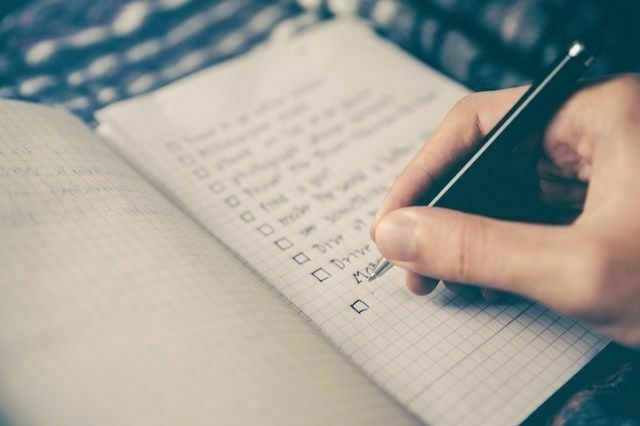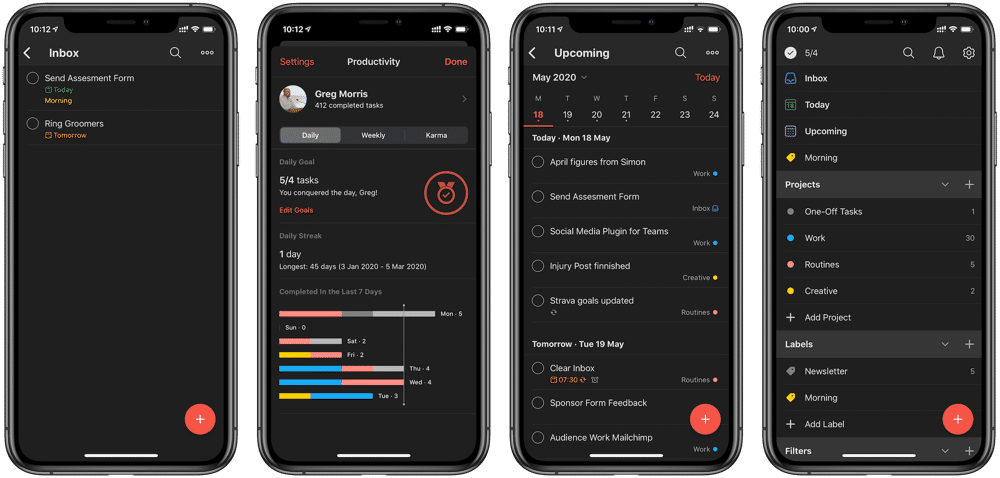Following my link post talking about bullet journals, I received quite a few replies. Many from those that have, like me, tried and failed to use physical tools, but some from advocates. One , and was something I wanted to expand on.
I have come to terms with the fact that, despite my love of physical things, digital tools suit me better. I always have one , in my pocket, or I am sat at my desk. This is not for want of trying. In January, each year, I buy a diary, accompanied by some new notebooks, and throw myself in again. Only to fail sometime in the next month and go back to Apple Reminders. I don’t have a super stressful job that requires me to project manage or anything in depth, but I have numerous tasks that fall onto my desk each day.
What I have noticed from this cycle of trying is that without conscious thought, digital tools can be just as bad as physical ones. The expectation is that these intelligent apps will somehow make sure we get everything done, when in fact there is the same risk of a pile up of tasks that will never be checked off. There is no magic app that will get things done for you, and I’ve tried them all, you have to put the work in too.

Reviewing
One of the most beneficial practices from bullet journaling is having to copy tasks over to the new day. Keeping things in your mind and making sure they are completed on time. The best way to do this digitally is by scheduling in at least a weekly review of all your tasks. I do this as the first thing in my calendar every Monday. Reviewing each task in my lists, the steps I follow are:
- making sure everything that has to be done has a due date
- nothing is in my inbox
- tasks that do not have a due date after 4 weeks are given one or deleted
- all tasks are scheduled around other calendar appointments
- calendar blocks are put in for all tasks that require deep work
This practice is easy to dismiss, but from experiences if you do not take time to address all the things expected of you, then things will be missed. Tasks will end up gathering digital dust without due dates. You will begin to struggle to remember when and if tasks need completing or if you have already done them. Without being mindful of the tasks you have, you will forget things and not get as much done.

No Exceptions
Everything needs to go in one place, no exceptions, no excuses and no forgetting! If you have one book to write everything in, then you must have one app to do the same. There is no perfect app and to be honest, most people will suffice with whatever app is pre-installed on your phone. Apple Reminders is my favourite app to use because it works with Siri. I find it hugely beneficial to ask Siri to do it rather than tapping through options, or even having to pull out my phone.
This isn’t a pitch for a specific app, far from it. It’s more of a plea to pick something and stick with it. A , but a better system will. I have to use currently, but this will be stopping in the new year thankfully. However, even if you want to use one app for work and one for home to separate things, this is still an easy way to work.
There are many things that physical todo lists excel in and there is no getting around it. If you really want to get things done, you have to put in some effort too. Expecting an app to save you without putting in the work is a shortcut to failing.